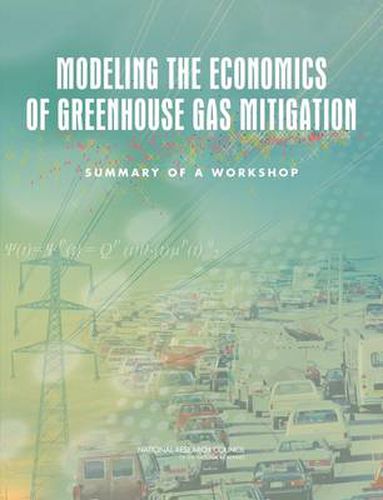Readings Newsletter
Become a Readings Member to make your shopping experience even easier.
Sign in or sign up for free!
You’re not far away from qualifying for FREE standard shipping within Australia
You’ve qualified for FREE standard shipping within Australia
The cart is loading…






Models are fundamental for estimating the possible costs and effectiveness of different policies for reducing greenhouse gas (GHG) emissions. There is a wide array of models to perform such analysis, differing in the level of technological detail, treatment of technological progress, spatial and sector details, and representation of the interaction of the energy sector to the overall economy and environment. These differences impact model results, including cost estimates. More fundamentally, these models differ as to how they represent fundamental processes that have a large impact on policy analysis–such as how different models represent technological learning and cost reductions that come through increasing production volumes, or how different models represent baseline conditions. Reliable estimates of the costs and potential impacts on the United States economy of various emissions reduction and other mitigation strategies are critical to the development of the federal climate change research and development portfolio. At the request of the U.S. Department of Energy (DOE), the National Academies organized a workshop, summarized in this volume, to consider some of these types of modeling issues. –Publisher’s description.
$9.00 standard shipping within Australia
FREE standard shipping within Australia for orders over $100.00
Express & International shipping calculated at checkout
Models are fundamental for estimating the possible costs and effectiveness of different policies for reducing greenhouse gas (GHG) emissions. There is a wide array of models to perform such analysis, differing in the level of technological detail, treatment of technological progress, spatial and sector details, and representation of the interaction of the energy sector to the overall economy and environment. These differences impact model results, including cost estimates. More fundamentally, these models differ as to how they represent fundamental processes that have a large impact on policy analysis–such as how different models represent technological learning and cost reductions that come through increasing production volumes, or how different models represent baseline conditions. Reliable estimates of the costs and potential impacts on the United States economy of various emissions reduction and other mitigation strategies are critical to the development of the federal climate change research and development portfolio. At the request of the U.S. Department of Energy (DOE), the National Academies organized a workshop, summarized in this volume, to consider some of these types of modeling issues. –Publisher’s description.